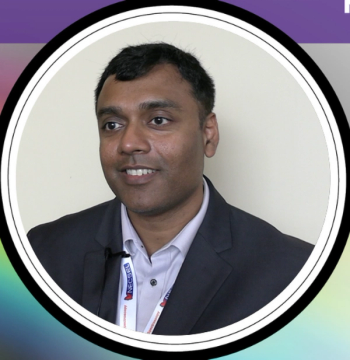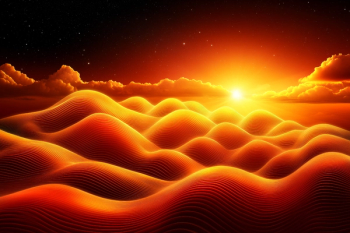
Rigaku Receives Third Year of Funding from TSA
Rigaku Analytical Devices has been awarded a third year of funding for a TSA contract dedicated to creating better-optimized screening equipment.
On April 1, Rigaku Analytical Devices announced that it was awarded a third year of funding for an optional three-year research and development contract from the Transportation Security Administration (TSA). This contract is part of the TSA’s Alarm Resolution Program (ARP) and aims to provide near-term improvements of security operations and capabilities for resolving explosive and non-explosive prohibited item alarms at airport checkpoints.
Passenger volumes at airports across the United States are increasing. As of April 1, 243,370 additional passengers passed through TSA checkpoints, compared to last year,
Rigaku was first awarded a firm fixed-price contract in September 2021, with a one-year base period of performance with two option years being available, with the total funding opportunity equaling $1.6 million. Though they are not yet being used in TSA airports, the
“The extension of this contract into its third year allows the Rigaku Raman technology continued field data collections to enhance and test the technology,” said Mathew Lynch, President of Rigaku Analytical Devices. “This is an exciting opportunity for Rigaku, and we look forward to addressing the changing threats to aviation security with our solutions.”
Reference
(1) Security Screening. U.S. Department of Homeland Security 2024.
Newsletter
Get essential updates on the latest spectroscopy technologies, regulatory standards, and best practices—subscribe today to Spectroscopy.





